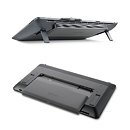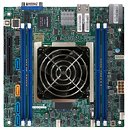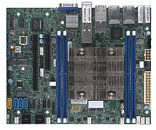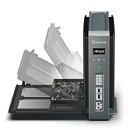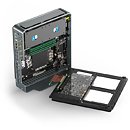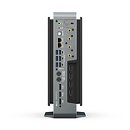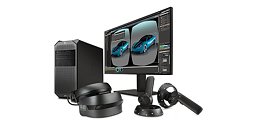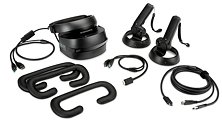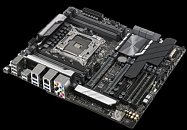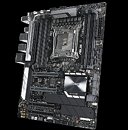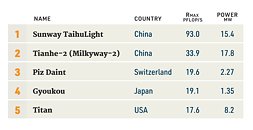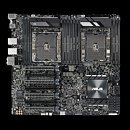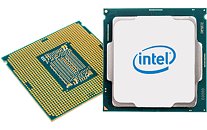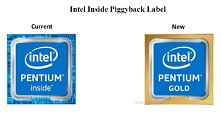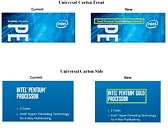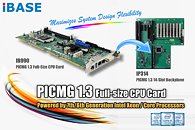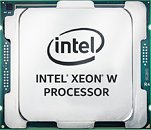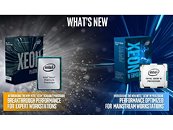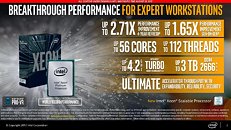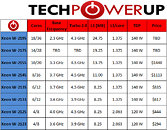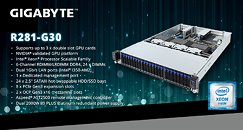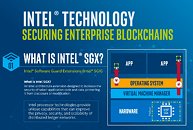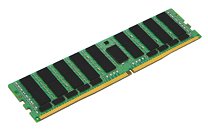Intel Corporation today reported third-quarter 2017 financial results. "We executed well in the third quarter with strong results across the business, and we're on track to a record year," said Brian Krzanich, Intel CEO. "I'm excited about our progress and our future. Intel's product line-up is the strongest it has ever been with more innovation on the way for artificial intelligence, autonomous driving and more." "In the third quarter, we delivered record earnings, exceeded our EPS expectations, and increased our profit expectations for the full year," said Bob Swan, Intel CFO. "We feel great about Intel's transformation and where we are nine months into our three year plan." In the third quarter, the company generated approximately $6.3 billion in cash from operations, paid dividends of $1.3 billion, and used $1.1 billion to repurchase 31 million shares of stock.
In the third quarter, Intel saw strength across the business. The data center, Internet of Things and memory businesses all achieved record quarterly revenue, and Intel extended its performance leadership with the launches of 8th Gen Intel Core and Intel Xeon Scalable processors. Intel's FPGA business, the Programmable Solutions Group, is experiencing strong momentum, winning designs with automotive and cloud service provider customers that advance Intel's position in artificial intelligence. The company also furthered its autonomous driving efforts with exciting customer wins and the completion of the Mobileye tender offer, four months earlier than expected.




